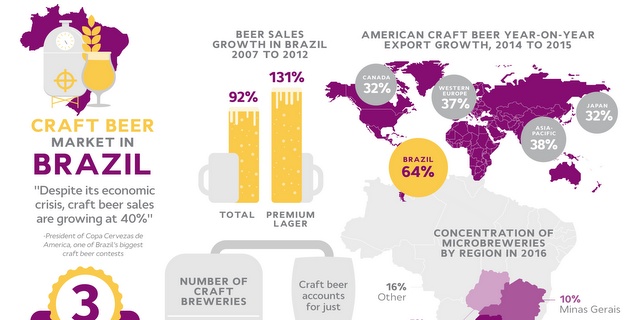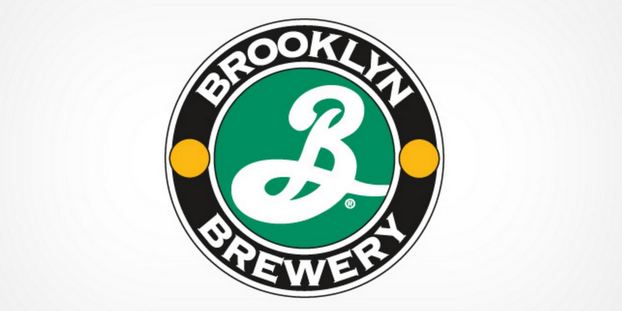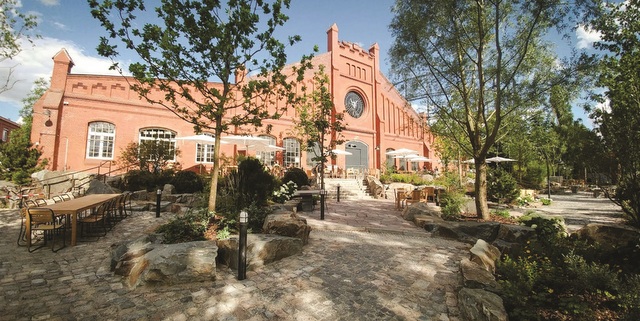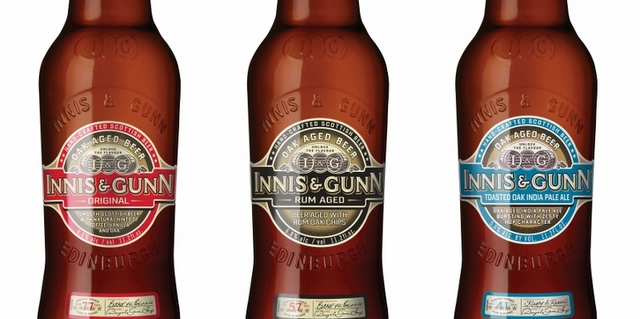
Mintel is one of the world’s leading market intelligence agencies. It has offices in London, Chicago, Shanghai, Seoul, Bangkok, Belfast, Kuala Lumpur, Mumbai, Düsseldorf, New York, São Paulo, Singapore, Sydney, Tokyo, Toronto, Jesus, ok, they’re everywhere. You get the idea. They’ve got analysts all over the world (we’re thinking Jack Ryan types). The company just released a market evaluation of the European craft beer market that we found fairly interesting, realizing this is 30,000-ft-view stuff. One of the big takeaways is that Europeans don’t seem to care much about the size of the company making the beer (corporate roll-up or independent business). The release is below:
According to Mintel Global New Products Database (GNPD), only five years ago (2013) North America (and the United States especially) dominated the global craft beer industry, accounting for 52 percent of all craft beer retail launches* [breweries basically] compared to just 29 percent for Europe. Since then, the story has flipped. In 2017, 54 percent of launches originated in Europe and just 19 percnet in North America. Since 2013, Europe’s craft beer scene has experienced huge growth with new craft beer product launches more than doubling, experiencing growth of 178 percent. While the United States is still the single most innovative market globally, with 17 percent of all global craft beer launches originating there in 2017, six of the top ten most innovative markets are in Europe**.
Jonny Forsyth, Associate Director, Mintel Food & Drink, said:
“Over the last few years, interest in craft beer has migrated from the US into the UK and now into continental Europe. Our research suggests that Europeans are embracing craft beer because they are looking for new, more exciting offerings compared to their usual beer options, especially in markets such as Germany, where brewers and beer styles have remained unchanged for centuries. While markets like Germany, Belgium and Czech Republic are still dominated by their own beer styles when it comes to innovation, consumer interest in craft beers is already there and offers ample opportunities for manufacturers.”
Indeed, beer drinkers*** in Poland (64 percent), France (63 percent), Italy (61 percent) and Germany (50 percent) are all interested in trying different types of craft beer, such as Indian pale ales or other pale ales, which are already common place in the more mature U.K. craft beer market. Europeans are also willing to spend more on craft beer. Around half of beer consumers in Italy (52 percent), France (51 percent), Germany (46 percent) and the UK (45 percent) agree that craft beer “is worth the extra money.”
“Craft is the new premium in beer, and consumers are happy to pay more for smaller-batch, more hand-crafted options, rather than those that are mass-produced. For these consumers, craft beer taps into their desire for new experiences with a nod to the past for inspiration, offering new beer styles that they have never drunk before,” Forsyth continued.
However, Mintel research reveals that European consumers do not care too much about the difference between a “true craft” beer (i.e. small, independent) or a “craft-like” brand owned by big global brewers. Nearly half of Spanish beer drinkers (45 percent) say it’s not clear what makes a beer craft and less than a fifth (17 percent) of German beer consumers say it would impact their purchase decision if a craft brand was owned by a large company. This points towards an uphill challenge for true craft manufacturers. But there is reason for optimism as over two in five (44 percent) beer drinkers in the United Kingdom would like to see a system of certification of craft beer.
“The term ‘craft’ lacks a formal definition which has enabled larger beer companies to capitalize on the craft boom, either by launching their own craft-style products or acquiring craft breweries, challenging what ‘craft’ really means for this industry. This practice of big brewers swallowing up profitable, smaller craft operators shows no signs of slowing down. An industry-wide definition could be both helpful to smaller manufacturers and welcomed by European consumers, as many beer drinkers want greater clarity and assistance in navigating the category,” concluded Forsyth.
-
*Products marketed as batch, artisan, craft, small, pale ale, IPA, India pale ale, saison, sour, porter, hops, IBU, independent, hand.
-
**The United Kingdom is the third most innovative craft beer market globally, with 8 percent of all innovation, ahead of Norway (No. 4, 6 percent), Spain (No. 5, 6 percent), Italy (No. 6, 5 percent), France (No. 7, 5 percent) and Sweden (No 8, 4 percent).
-
***Internet users aged 18+ who have drunk beer in the last 6 months






[…] világ tíz leginnovatívabb sörpiacábóél hat Európában van – írja a Craft Brewing Business. A Mintel tanulmányát ismertető összefoglalóban Jonny Forsyth, a […]